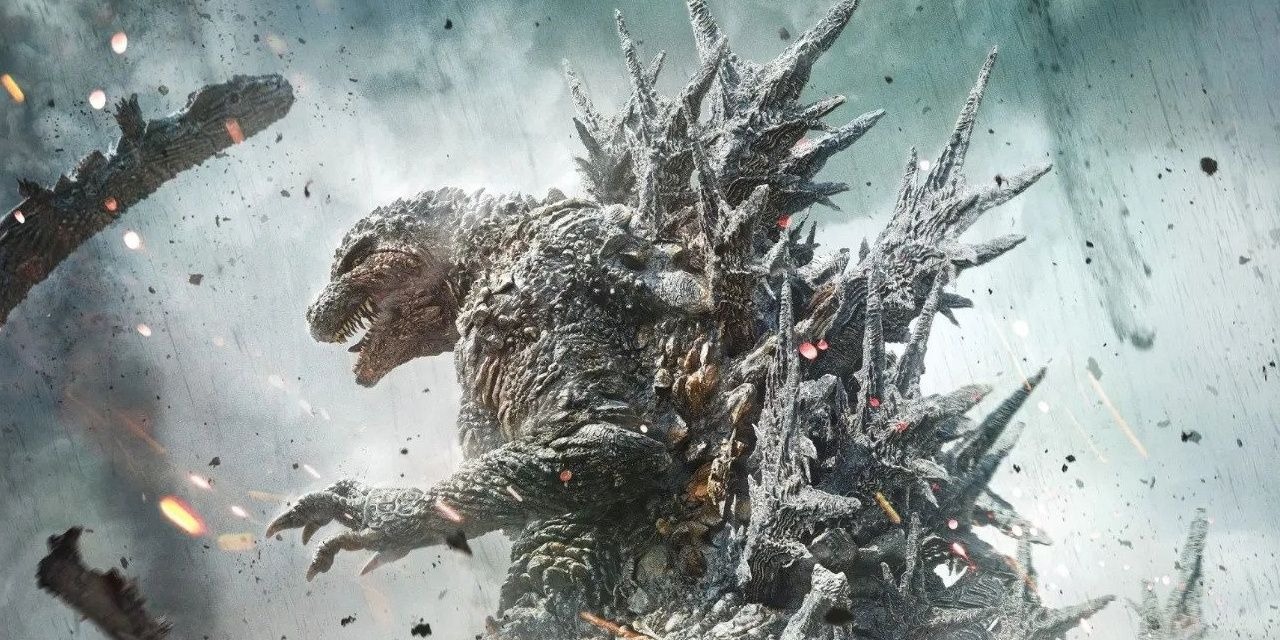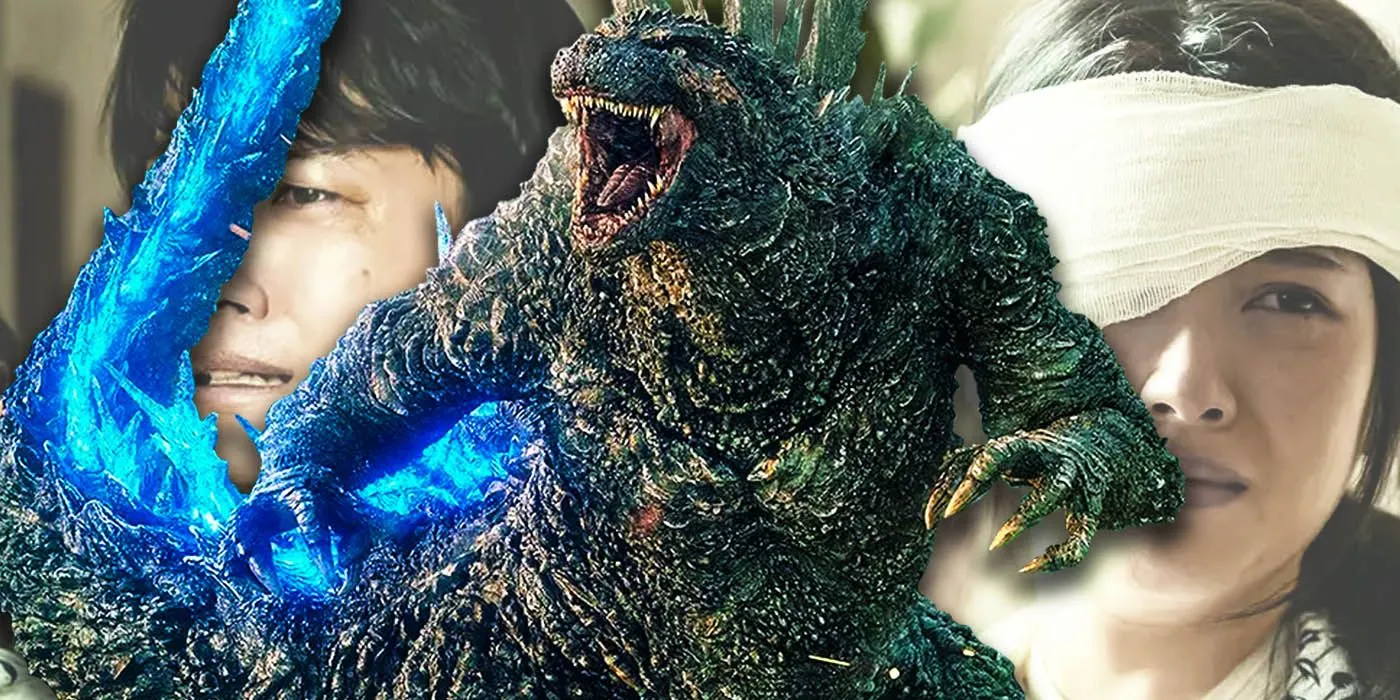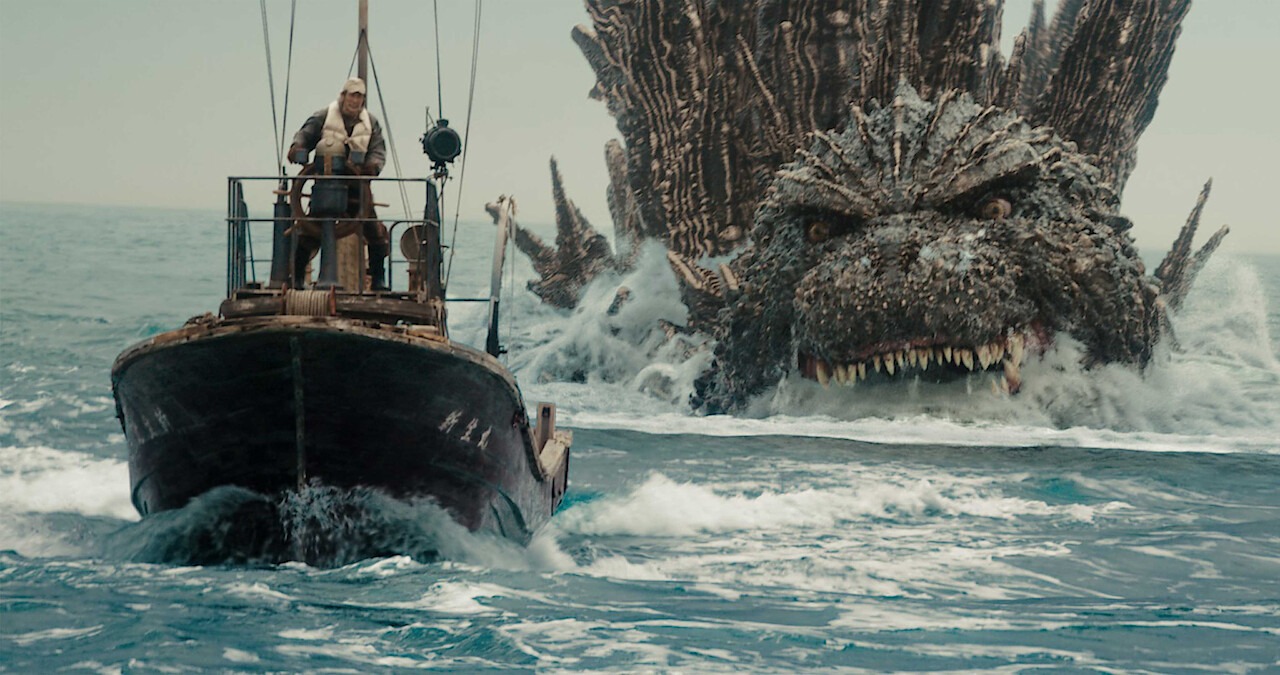Discussions surrounding the conclusion of Godzilla Minus One and whether there is a chance for a follow-up film have been gaining attention. Toho Studios, the Japanese production company, has brought Godzilla Minus One to cinemas, continuing its long history of telling stories featuring the legendary kaiju.
The studio previously released Shin Godzilla in 2016 and had a strong presence throughout the 20th century. Directed by Takashi Yamazaki, this latest installment is completely separate from Legendary Films’ Hollywood MonsterVerse franchise.

The movie revolves around Kōichi Shikishima, a former kamikaze pilot who first encountered Godzilla in 1945 during the final days of World War II. Two years later, he crosses paths with the monster once again, leading to another intense battle.
Breaking Down the Ending of Godzilla Minus One
Weapons engineer Kenji devised a strategy aimed at bringing down Godzilla. The plan involved using freon tanks, which, when ruptured, would release bubbles designed to sink the monster deep into the ocean. The hope was that the pressure at a depth of 1,500 meters would be strong enough to crush it.
In case the initial approach failed, there was a backup plan. Large balloons filled with carbon dioxide were meant to be attached to Godzilla, allowing them to lift it rapidly to the surface, causing it to die due to explosive decompression.
This effect, caused by a sudden and intense change in air pressure, would target the monster’s lungs. However, things did not go exactly as planned. Although Godzilla was pulled to a depth of 1,500 meters, it survived. As it made its way back toward the surface, it managed to break free.
It was only after two ships and a group of tugboats combined their efforts that the monster was successfully dragged up again. While this caused visible damage to Godzilla, it was not enough to put an end to it. Enraged, the creature prepared to unleash its devastating atomic breath to destroy the vessels.
Just when all hope seemed lost, Kōichi, the kamikaze pilot, took a final risk. He flew his aircraft directly into Godzilla’s mouth at the exact moment it was charging its atomic breath. This resulted in an overload that led to the monster’s destruction.
Despite many assuming he had sacrificed himself, Kōichi was able to eject from the plane just in time, surviving the ordeal. After Godzilla appeared to be defeated, Kōichi and Akiko went to the hospital, where they reunited with Noriko.
Though she had managed to survive the destruction of Tokyo, she was battling the effects of radiation exposure. Yet, the movie took an unexpected turn. Just when it seemed like Godzilla was gone for good, a portion of its flesh was seen sinking to the ocean floor.
The ominous sight of it beginning to regenerate hinted that the monster’s long-established ability to heal itself was still intact.
Does Godzilla Minus One Have a Post-Credit Scene?
With the ending hinting at Godzilla’s possible return, many viewers may wonder whether the movie has additional content after the credits roll. Once the final scenes play out, audiences can leave their seats without expecting any mid-credit or post-credit surprises.
The film does not include any extra sequences after the main story wraps up. Instead of a direct setup for another installment, Takashi Yamazaki leaves subtle clues at the end, allowing room for future stories. However, there has been no official confirmation of a sequel at this time.
Will Godzilla Minus One Get a Follow-Up Film?
In an interview featured in the October 30 issue of Japan’s Aera magazine, Takashi Yamazaki spoke about the film’s ending. He suggested that rather than directly hinting at a sequel, the conclusion was designed to leave an impression on the audience, keeping the characters alive in their minds:
“I think it’s more cinematic if it doesn’t end neatly and properly. It’s not just so a sequel can be made, it’s also so the characters are kept alive in the hearts of the audience.” However, Yamazaki did express interest in directing another Godzilla movie.

During a discussion on the film’s release day, he posed a question about whether he would be granted the opportunity to make another installment: “I wonder if you’ll let me shoot one more picture?”
Following the release of Shin Godzilla, Toho Studios was prevented from developing a follow-up film until after 2020 due to its agreement with MonsterVerse studio Legendary Films.
If a similar arrangement is in place now, Toho and Yamazaki may have to wait until Godzilla x Kong: The New Empire debuts next year before moving forward with any new projects.
During an interview with Bleeding Disgusting, Toho’s Keiji Ota revealed that the studio aims to release Godzilla films consistently every two years. The goal is to create a shared cinematic universe similar to the structure seen in Marvel films:
“After 2021, we’re thinking of a potential strategy that [releases] Godzilla movies uninterrupted at a rate of every two years, although there is a preference for a yearly pace as well. The future of the series and its forwarding developments are very conscious of the method of ‘shared universe’.
Godzilla, Mothra, King Ghidorah, etc. could all share a single worldview much like a Marvel movie where Iron Man and the Hulk can crossover with each other.” So far, Godzilla Minus One has been received with overwhelming praise.
It currently holds a 98% rating on Rotten Tomatoes, and in Japan alone, the film has already earned $23.1 million, surpassing its modest $15 million production budget. If Godzilla Minus One is the starting point of this proposed shared universe, the groundwork is already looking strong.
Toho may use this success as a launchpad for sequels and spin-offs, bringing more kaiju stories to a global audience in the years to come.



